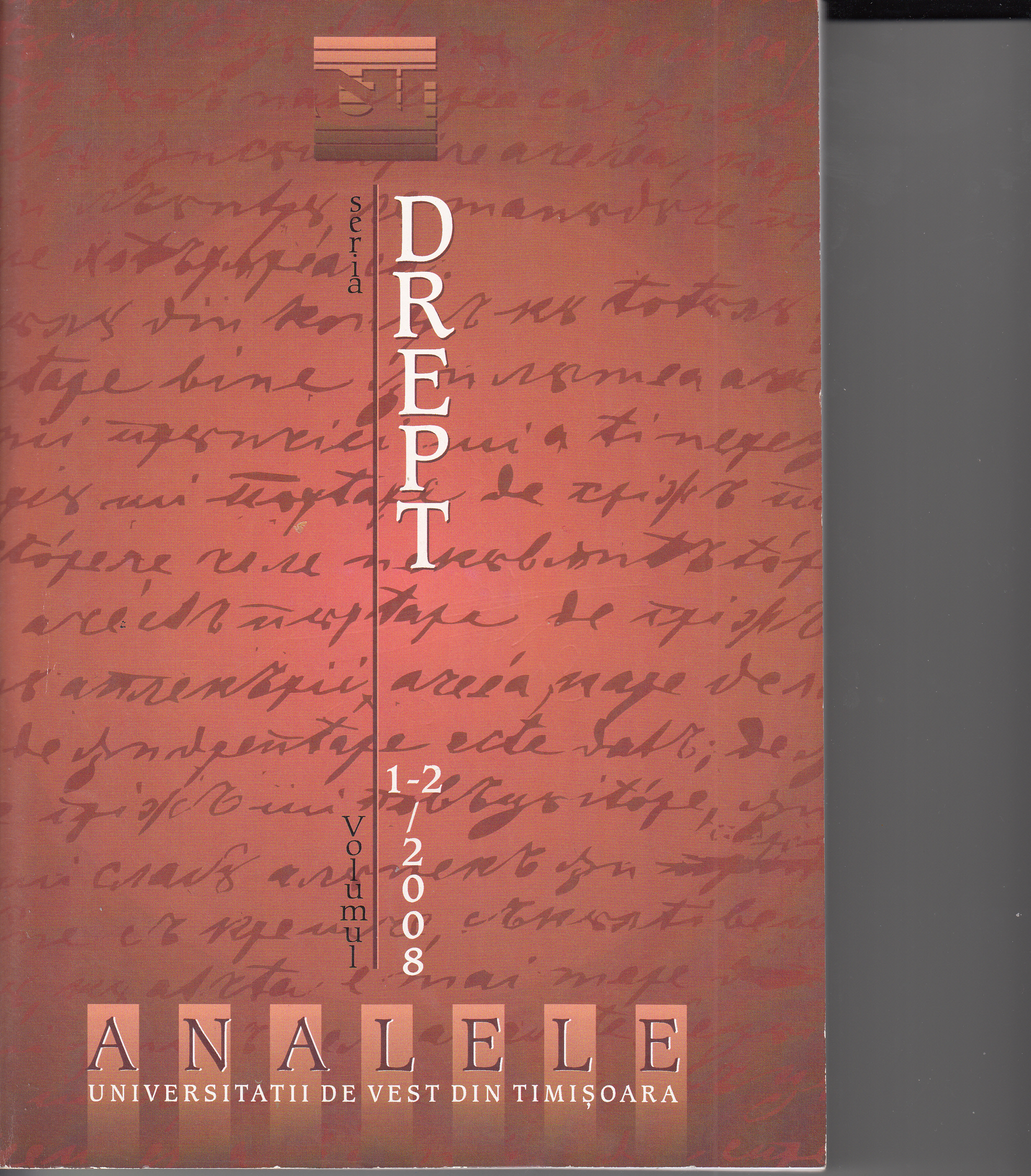Incursiuni în istoria teoriei separaţiei puterii în stat
Incursions in the history of the separation of power in the state
Author(s): Violeta StratanSubject(s): Law, Constitution, Jurisprudence
Published by: Universul Juridic
Keywords: the separation of powers; functions; powers; organs; balance of powers
Summary/Abstract: The origins of the theory of the separation of powers are found in the work of Aristotle, Politics. The historians Herodotus, Thucydides and Xenophon, and the Greek writers Aeschylus, Sophocles, Euripides also left proofs of their reflections on the organization of power and its separation in Sparta and Athens. But the paternity of this theory is commonly recognized to the philosophers John Locke and Charles Louis Montesquieu.This theory may be reduced to four fundamental concepts: functions, powers, organs, balance of powers. It has as a starting point the identifications of the three functions of a state: the function to establish general rules of conduct (the legislative function), the function to enforce these rules (the executive function) and the function to solve conflicts (the judicial function). Then, it states that the exercise of each of these functions corresponds to different powers: the legislative, the executive and the judicial power. Finally, it affirms that different state organs are entitled to exercise these powers: the legislative power must belong to a representative assembly, the executive power to the president of the state and to the ministers, and the judicial power to the courts of law. The essence of this theory resides in the independence of the state organs exercising the three powers. If this independence cannot be absolute, it must be as large as possible.
Journal: Analele Universității de Vest din Timișoara - Seria Drept
- Issue Year: 2008
- Issue No: 1-2
- Page Range: 267-286
- Page Count: 18
- Language: Romanian

